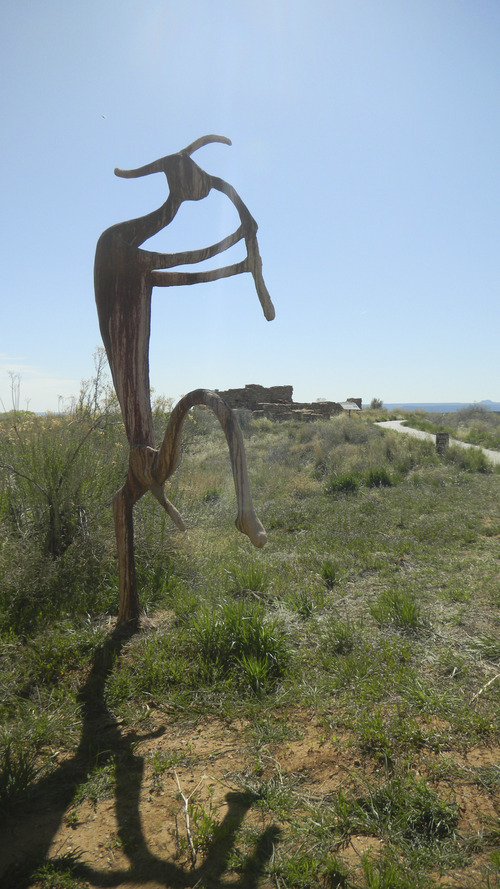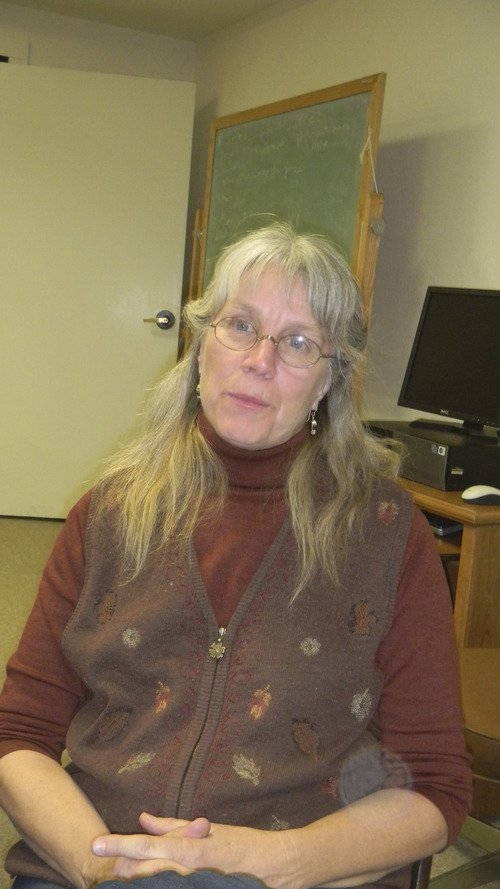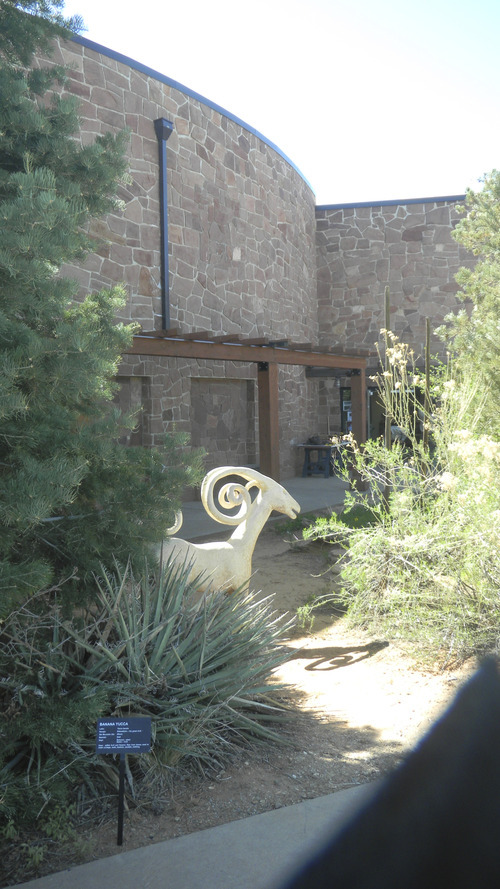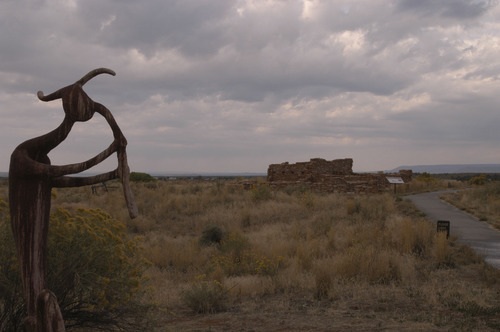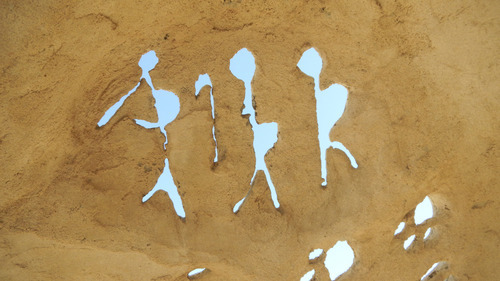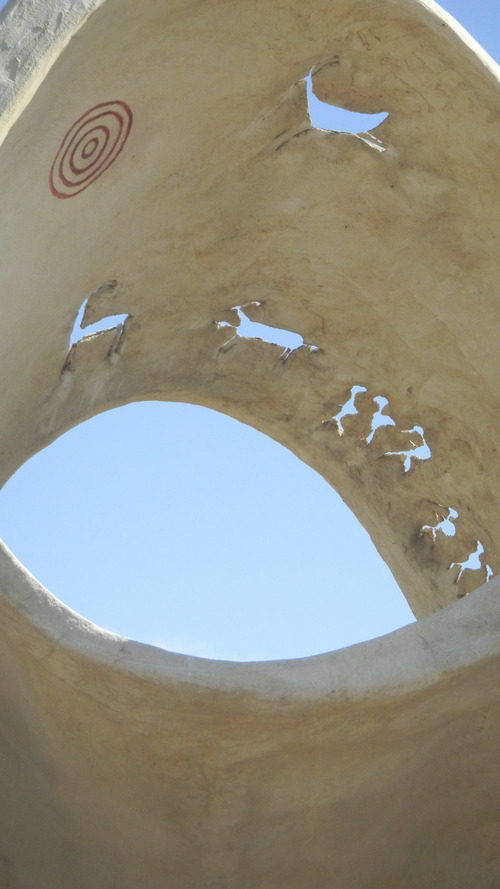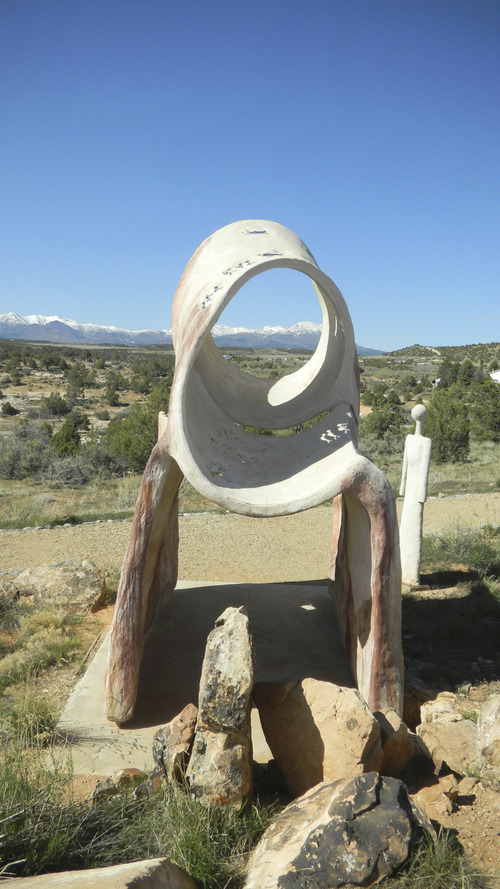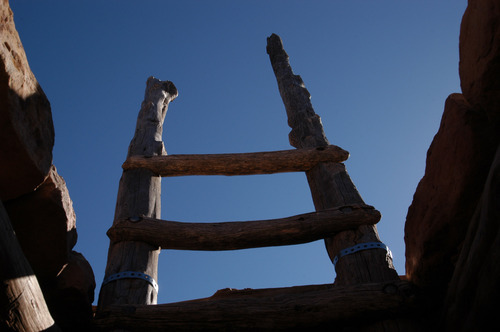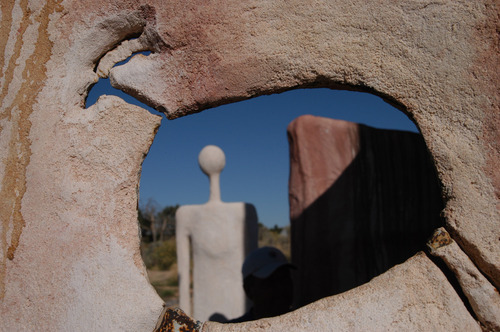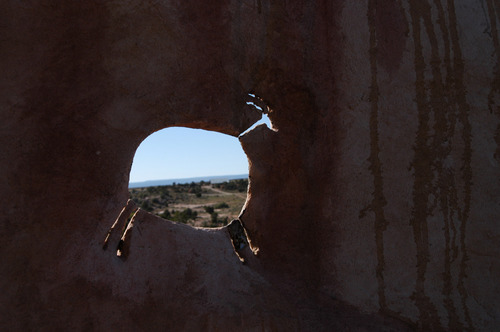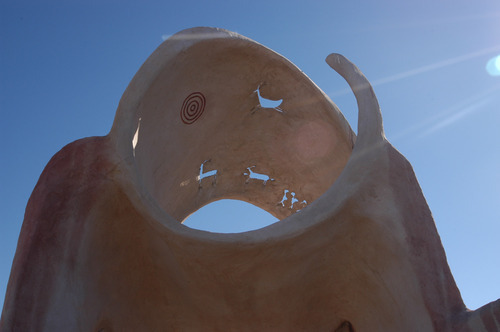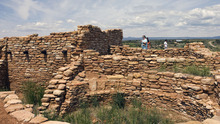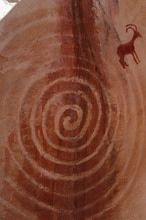This is an archived article that was published on sltrib.com in 2011, and information in the article may be outdated. It is provided only for personal research purposes and may not be reprinted.
Blanding • When the Utah Legislature's auditors released a report on Utah State Parks in January, Edge of the Cedars Museum was second on a list of facilities they said legislators might consider closing.
Each of the heritage park's 12,324 visitors last year required a $30 subsidy from state taxpayers.
"We were so blindsided and floored," said Charlie DeLorme, San Juan County's economic development director about the possibility of the largest federal depository for artifacts in the Four Corners area being closed. "It is so important to us from a visitation standpoint."
The park was founded in 1976 largely through the efforts of powerful state legislator Cal Black to allow some of the thousands of ancient American Indian artifacts found in archaeologically rich San Juan County to benefit the remote area's 15,000 residents instead of being shipped to big city museums around the world.
The idea was to not only to create a facility to preserve these rare finds but to help Blanding's rural economy with an infusion of tourist dollars.
The county and city do benefit. Statistics show that more than 75 percent of museum visitors made travel-related purchases in Blanding as part of their visit, generating approximately $396,000 in local wages, earnings, rents and tax revenues.
"A friend told us he had been here before," said Mary Enright of Calgary, Canada, one of the foreign visitors that make up between 7 and 11 percent of Edge of the Cedars visitations each year. "It's quite impressive. We watched the film that gave us a great overview. I didn't realize there was such a quantity of Pueblo basket maker artifacts and history. When you are starting an investigation of the ancient ones, this is a perfect place to stop."
But with the nation in a deep recession and state budgets tight, legislators have been slashing general taxpayer dollars going into facilities such as Edge of the Cedars. Park managers such as the Blanding facility's Teri Paul are being told their facilities must make more money or face closure.
They must do that with major staff cuts and reduced hours along with fixed utility costs to preserve a priceless collection that could grow substantially if artifacts confiscated from private collectors accused of looting San Juan County public lands sites are sent to Blanding.
Park managers are being told to operate like a private business.
Yet Edge of the Cedars contracts with Indian tribes and the federal government that totaled more than $100,000 last year are not considered revenue and are thus not part of the budget. Neither are grants that totaled more than $30,000 a year ago. Paul managed to cut $36,000 from her operating budget last year. Her reward from the state was another 15 percent cut that did not take into account her frugality.
With staff cuts, popular programs such as May's Four Corners Indian Arts Festival that fills Blanding motels and brings in revenue may be eliminated.
Paul questions whether a museum such as Edge of the Cedars should be expected to make money.
"Museums are public service institutions," she said. "Their purpose is to educate, inspire, even astound us. The value to the public is far-reaching and worthy of public support. No one would ever expect a library to make money. A museum is a library for objects of cultural value, a repository of ideas, a keeper of culture. A society that loses sight of the value of knowing the past loses sight of knowing themselves. That society misses the opportunity to preserve the best of what they are and loses the opportunity to learn what it could be."
Some think state park heritage facilities such as Edge of the Cedars will survive even though they will likely never come close to turning a profit or breaking even.
"I am less worried about it [Edge of the Cedars] being closed," said Tim Smith, Southeast regional manager for State Parks. "The park has so many passionate defenders."
Sen. David Hinkins, R-Orangeville, who is co-chairman of the appropriations committee that controls state parks budget, said he doesn't know if heritage parks can ever be self-sustaining and thinks they will always require some cultural funding from the state. He wonders if some funds for parks such as Edge of the Cedars should come out of the education budget since they help educate hundreds of Utah students.
Closing the park is not as easy as it sounds, either. The museum houses more than a half-million artifacts that must be taken care of in a prescribed way, making it impossible to simply turn out the lights and walk away. Paul estimates it would take at least two years to disperse the museum collection.
"You can't just load boxes on a truck," she said.
Edge of the Cedars remains open for now and with that prospect focusing local efforts on finding more grants and subsidies, it may stay that way. But times are tough for the little park in a small southeastern Utah town.
wharton@sltrib.com Twitter @tribtomwharton —
State parks that make money
Wasatch Mountain Golf Course
Bear Lake
Dead Horse Point
Quail Creek
Jordan River OHV
Willard Bay
Great Salt Lake Marina
Gunlock
Millsite
Goblin Valley
Source: Utah Legislative Auditor General —
Ten biggest Utah State Park money losers
Green River Golf Course
Edge of the Cedars
Territorial Statehouse
Frontier Homestead
Palisade Golf Course
Camp Floyd/Stagecoach Inn
Anasazi
Green River
Soldier Hollow Golf Course
Huntington
Source: Utah Legislative Auditor General —
See past stories
O From now through September, The Tribune will look at issues involving state parks.
> sltrib.com


